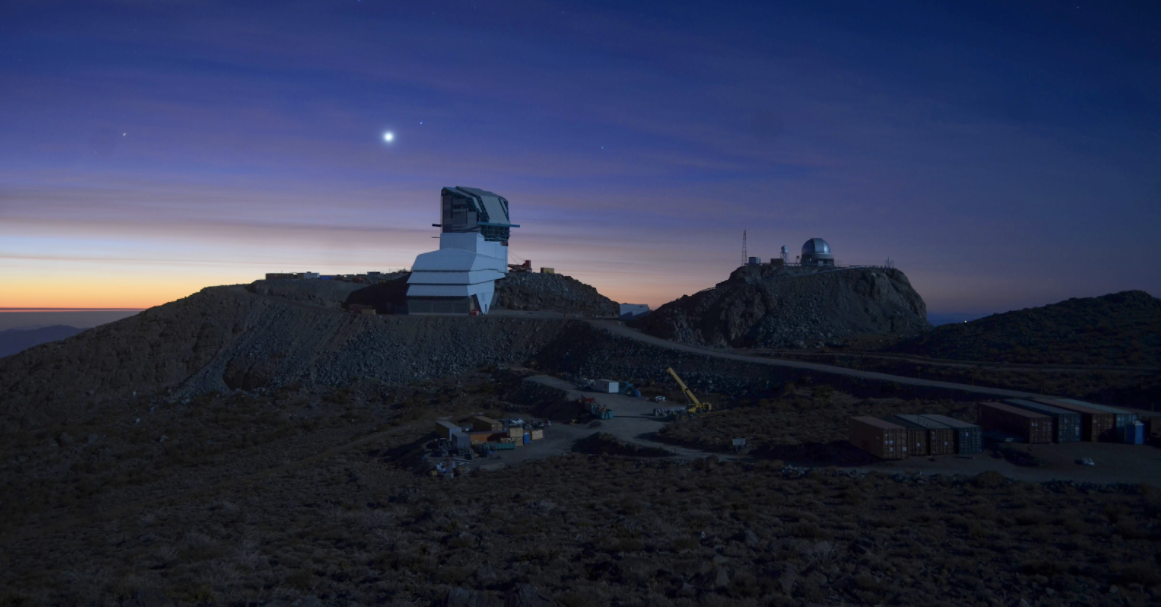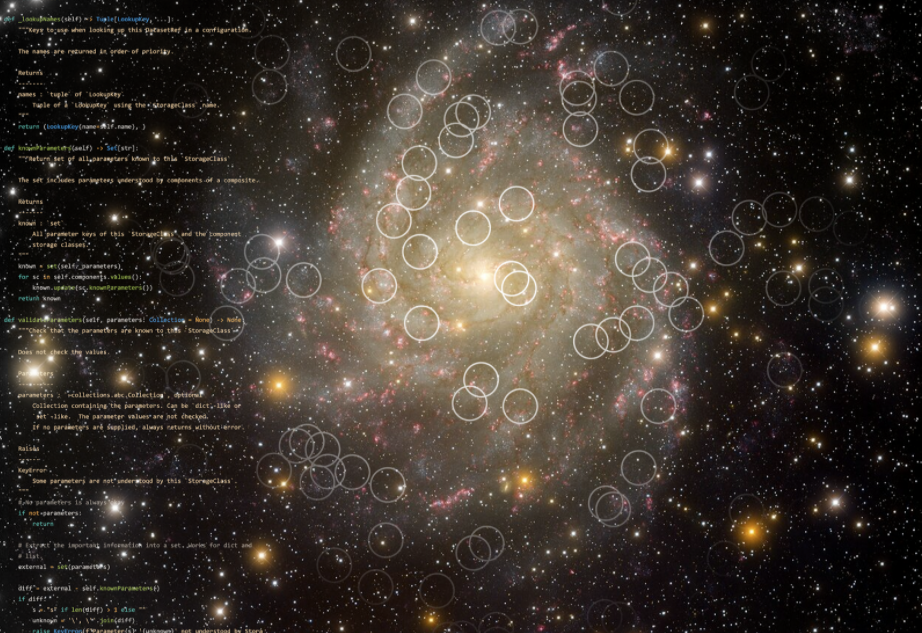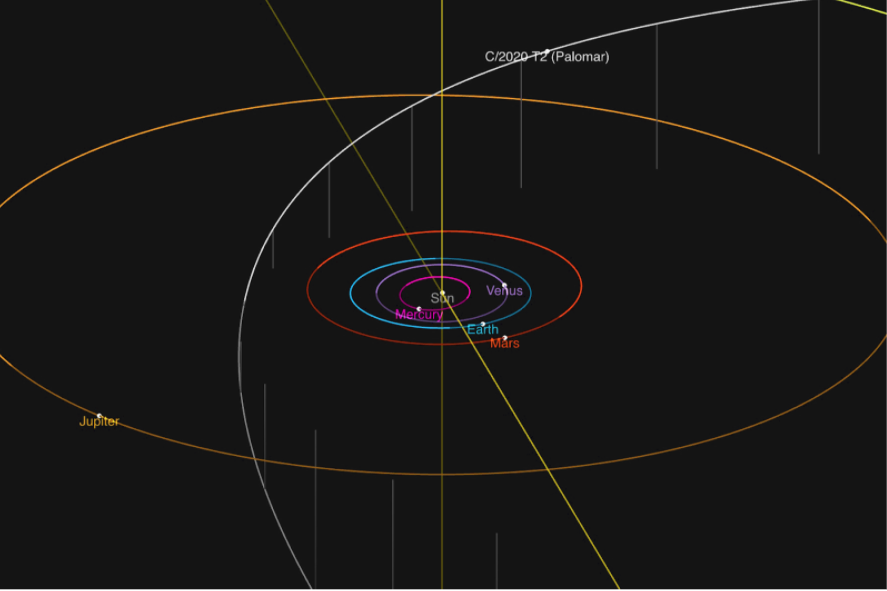 CLOUD
CLOUD
 CLOUD
CLOUD
 CLOUD
CLOUD
Google LLC said today it’s helping to advance astronomical research, using its cloud platform to host the Vera C. Rubin Observatory’s Interim Data Facility.
The Rubin IDF will be used to collect and host vast amounts of astronomical data ahead of a planned 10-year survey of the southern skies. The Legacy Survey of Space and Time, as it’s called, is an ambitious project that aims to address some of the most critical questions scientists have about the structure of the universe, its evolution and the objects within it.
In a blog post, Google said the survey will be carried out using the new 8.4-meter Simonyi Survey Telescope (pictured) and a gigapixel LSST Camera located in Cerro Pachón, Coquimbo, Chile, which are to be commissioned in 2023. Astronomers are aiming to capture 1,000 images of the sky every night for 10 years.
The project intends to create an “astronomical catalog” that’s thousands of times larger than anything compiled before. It will include data for about 20 billion galaxies and a similar number of stars, Google said in a blog post.
The Rubin Observatory plans to make LSST dataset available via a browser-based Rubin Science Platform (below), which will provide access to various tools that scientists can use to work with the data.

The Rubin IDF has already started collecting pre-survey data that will soon be made available to the scientific community in advance of the LSST. Google Cloud’s storage, compute and Kubernetes Engine services are serving as the foundation of the data facility, while the Google Workspace platform will be used to enable scientists to collaborate on the data it collects.
“By using an established and trusted cloud infrastructure, we’ve been able to stay on track at this point in our project to ensure we’ll be ready to deliver high-impact science to our community when the telescope, camera, and data system are ready in a few years,” said Bob Blum, acting director of operations at the Vera C. Rubin Observatory.
Blum added in a press briefing that this was the biggest optical survey ever using Google Cloud and the first cloud-based data platform to unlock secrets from the solar system. “It’s supporting more users than has ever been done with nighttime astronomy,” he said.
Google’s artificial intelligence tools will surely come in handy for astronomers that want to dig into the LSST data.
Earlier this year, Dr. Dmitry Duev, a research scientist in the Astronomy Department at Caltech, started a pilot project that used Google’s machine learning tools to try to identify unknown objects in the sky that were observed by the Zwicky Transient Facility at the Palomar Observatory in Southern California.
The ZTF scans the Northern skies each night and registers millions of transient events. Using its images, Duev trained an ML model using Google’s tools to pinpoint comets with 99% accuracy, and on Oct. 7, identified his first-ever comet, known as C/2020 T2. It was the first discovery of its kind using AI, Google said.

“Having a fast and accurate way to classify objects we see in the sky is revolutionizing our field,” Duev said. “It’s like having a myriad of highly trained astronomers at our disposal 24/7.”
With reporting from Robert Hof
THANK YOU